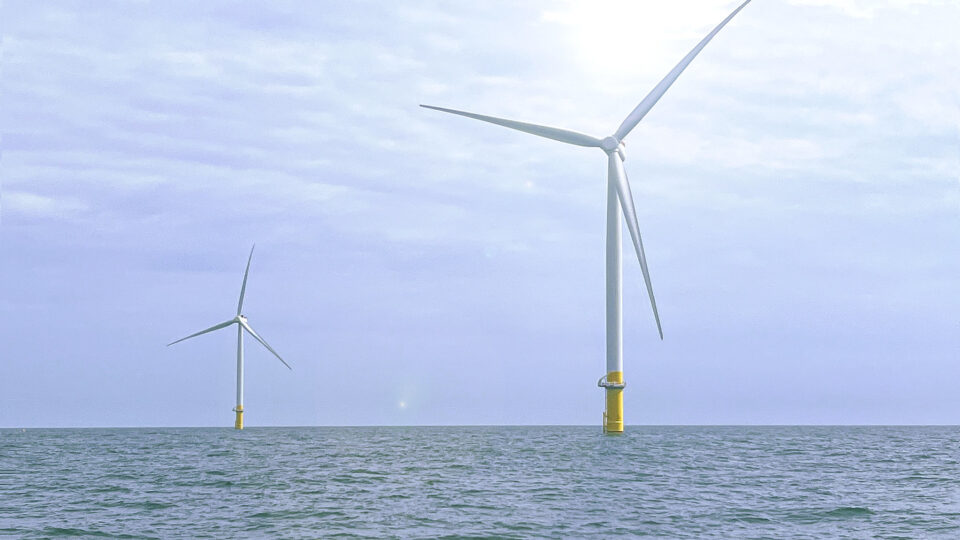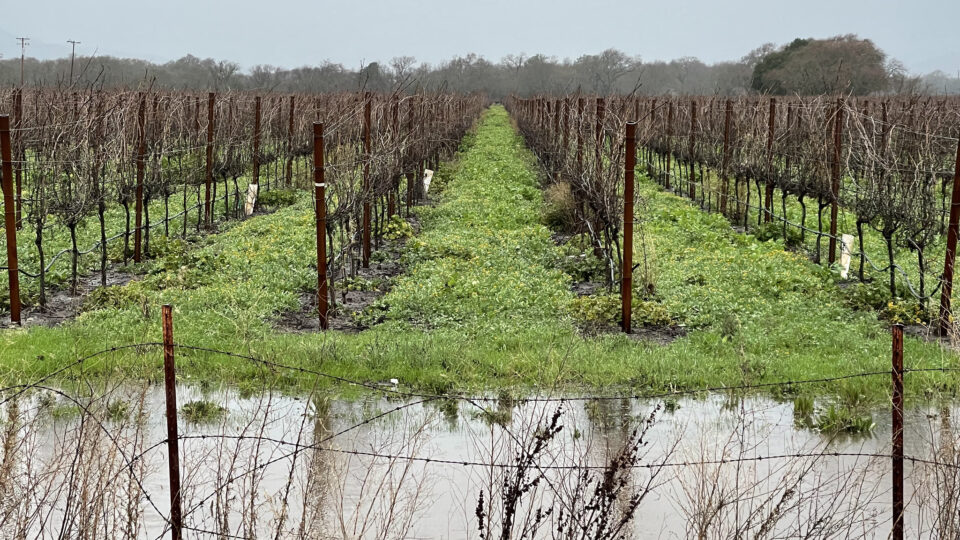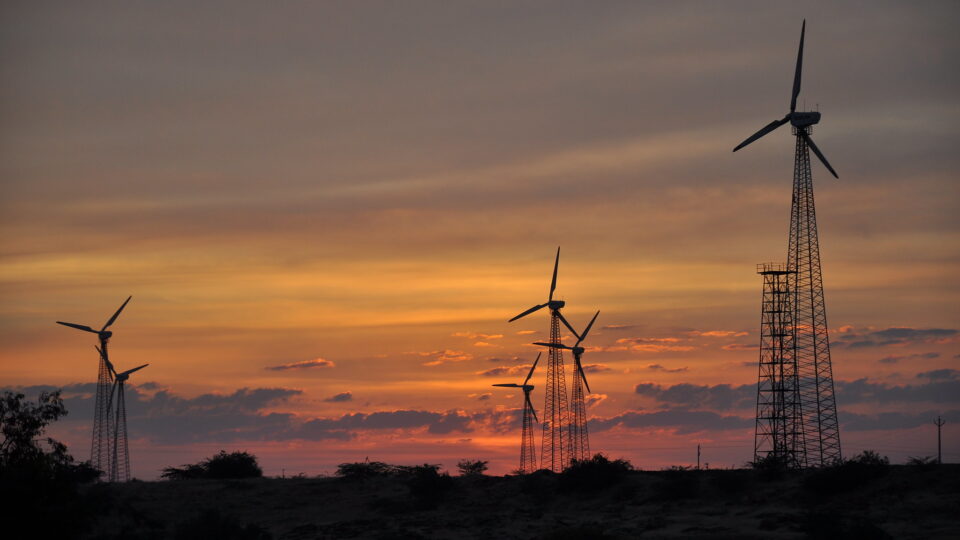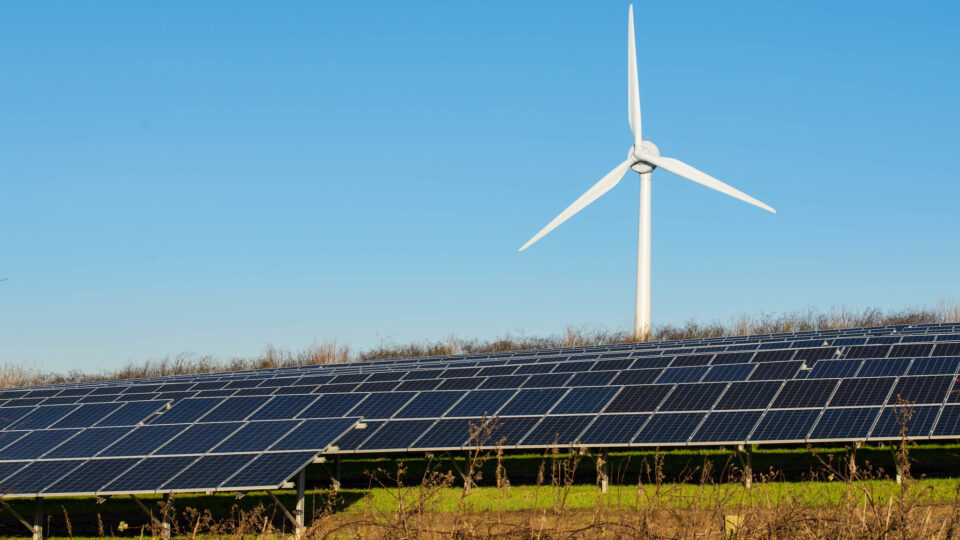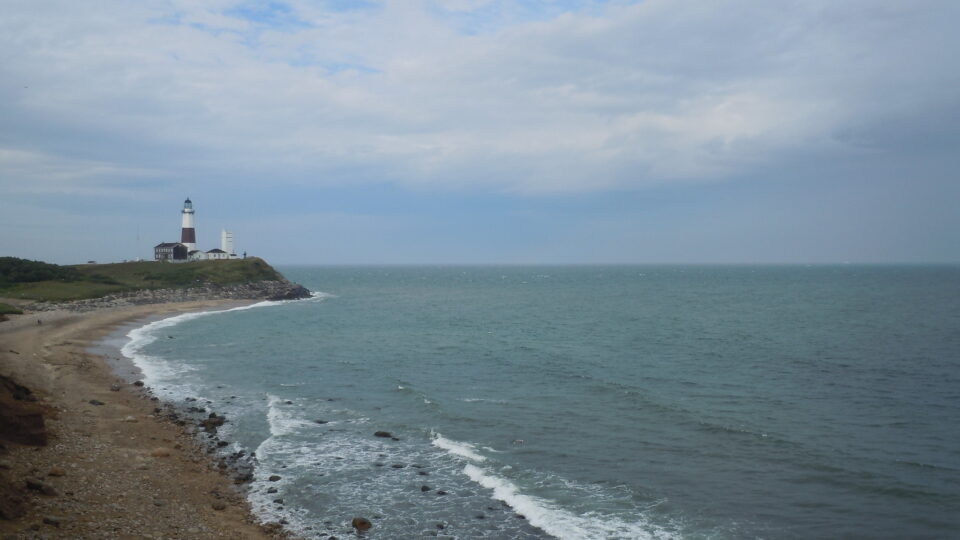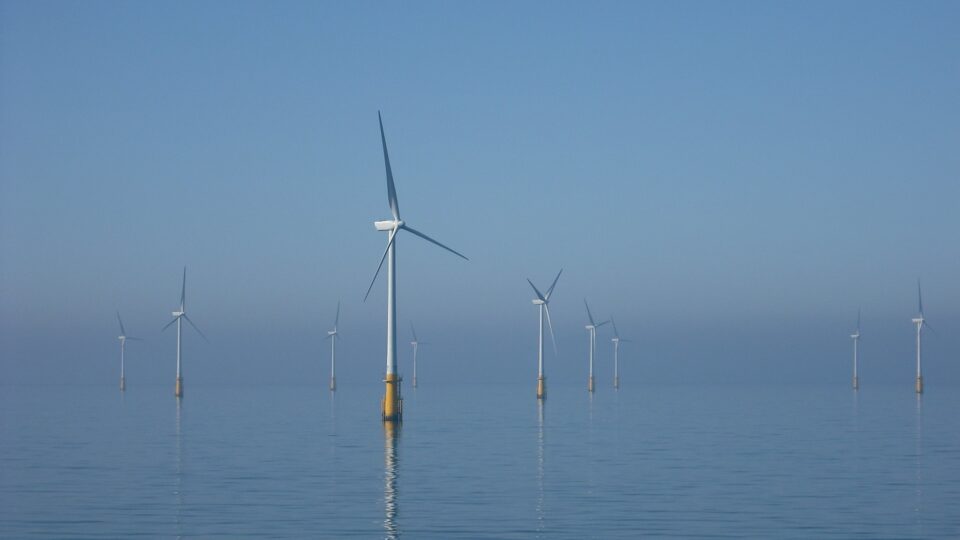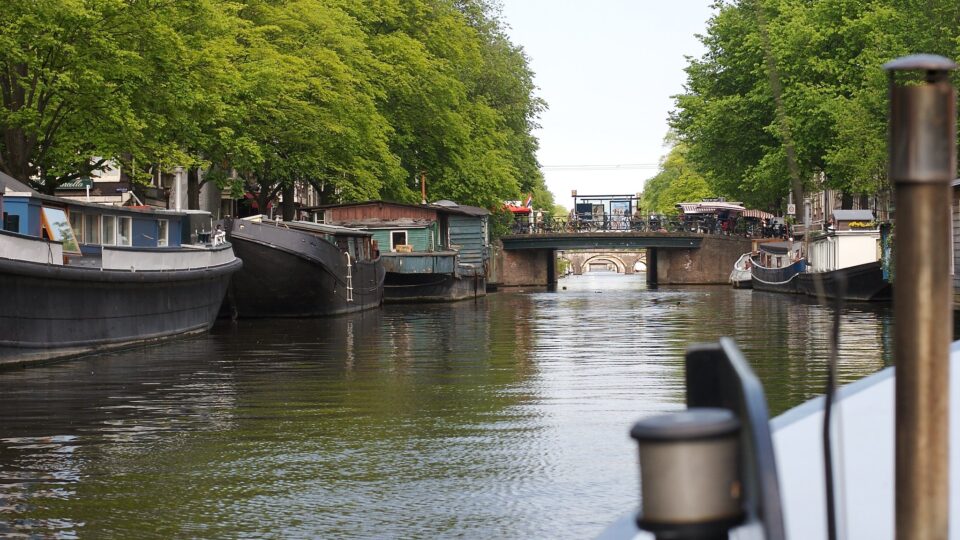The largest energy plant in the world is being built in India. In an area of barren desert in western India near the Pakistani border, Adani Green Energy Limited (or AGEL) is building a sprawling solar and wind power plant that will cover more than 200 square miles. It will be five times the size of Paris and will produce enough electricity to power 16 million homes.
The Khavda Renewable Energy Park will cost about $20 billion to build and will take about five years to complete.
The success of the plant is critical to India’s efforts to reduce pollution and meet its climate goals. India is the world’s third-largest energy consuming country. Even though its energy use and emissions per person are less than half the global average, its enormous population offsets that advantage and its expanding economy and ongoing modernization are driving rapid growth of energy demand. Energy demand has doubled since 2000 and 80% is still being met by coal, oil, and solid biomass. India uses massive amounts of coal, and, in fact, the Adani Group of companies is India’s biggest coal importer and a leading miner of the fossil fuel. Adani represents two sides of the coin.
More than 600 million people in India will be coming into middle and upper income over the next 10 to 15 years and they will have increasing energy needs. India is in a race to develop clean energy capacity. If it simply follows the torturous path that China, Europe, and US all have done, the prospects for the global climate are bleak.
Building the world’s largest clean energy plant is just a first small step in the necessary direction.
**********
Web Links
Photo, posted February 25, 2010, courtesy of Bhavin Toprani via Flickr.
Earth Wise is a production of WAMC Northeast Public Radio

